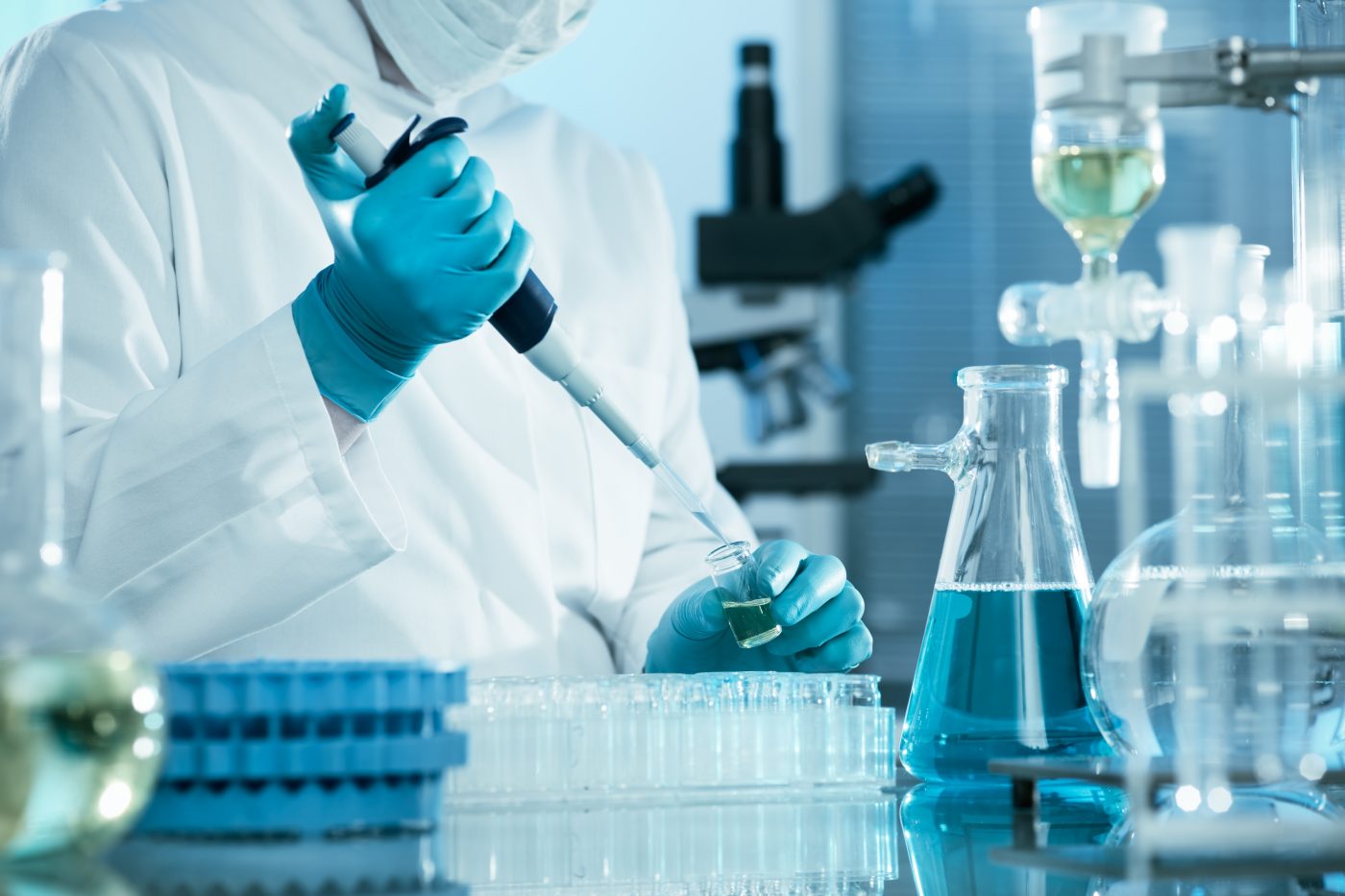Enzyme Can Start Process That Leads to Tissue Scarring Being Reversed, Study Shows

An enzyme can start a chain of events that leads to cells involved in tissue scarring reversing their fibrosis-generating activity, British and American researchers have discovered.
The study dealt with the enzyme’s effect on myofibroblasts — cells involved in wound healing and inflammatory response. The discovery could lead to new therapies for the lung scarring disease pulmonary fibrosis and other fibrotic disorders, researchers said.
The study, “Nuclear hyaluronidase 2 drives alternative splicing of CD44 pre-mRNA to determine profibrotic or antifibrotic cell phenotype,” appeared in the journal Science Signaling.
Fibrosis is the excessive growth, hardening, or scarring of connective tissue due to inflammation. It can cause permanent organ damage and chronic diseases such as pulmonary and cardiac fibrosis, asthma, atherosclerosis, cirrhosis, and scleroderma.
Researchers from Wales and the U.S. wanted to know more about the cell surface protein CD44’s role in fibrosis. Scientists have linked faulty versions of the protein not only to fibrosis disorders, but also to cancer, blood vessel diseases, wound healing problems, and immune system dysfunction.
CD44 plays a number of roles in the body. One way it does this is through alternative splicing, or creating different molecules of messenger RNA from the same gene when protein is produced.
Scientists say CD44 is a receptor for a molecule called hyaluronan. The British and American researchers discovered that hyaluronidase 2, an enzyme that breaks down hyaluronan, regulates CD44 gene splicing in myofibroblasts’ nucleus. The leads to a variation of CD44 called CD44v7/8.
Connect with other people and share tips on how to manage PF in our forums!
While CD44 prompts fibrosis-promoting myofibroblasts to differentiate, or develop into specialized versions of themselves, CD44v7/8 prevents and reverses their differentiation.
This was a surprising finding because scientists had previously thought that hyaluronidase 2 was involved only in the breakdown of sugar chains. “We were amazed to discover that the protein [hyaluronidase 2] can bind to RNA in a cell and alter its activity,” Soma Meran, the study’s senior author, said in a press release.
“In the case of the cells responsible for fibrosis and scar formation, we can potentially use this technique to stop them from producing scar tissue,” Meran said. “This opens up exciting new research avenues in the study of fibrosis.”
The team is particularly interested in finding ways to prevent and reverse chronic kidney disease. The disorder, which is difficult to treat, accounts for around 3 percent of Britain’s National Health Service budget. Many patients require dialysis or kidney transplants, which carry a high risk of complication.
Now the scientists plan to study hyaluronidase 2’s structure for clues to how it influences protein production. The ultimate goal is to develop therapies with synthetic proteins that mimic the enzyme’s beneficial effects.







